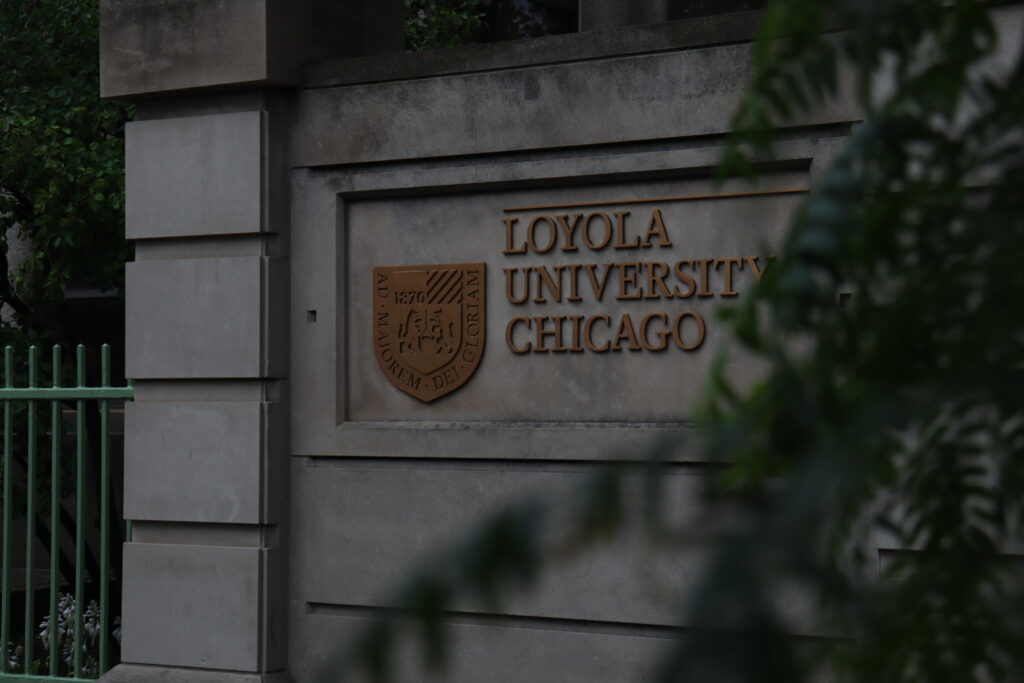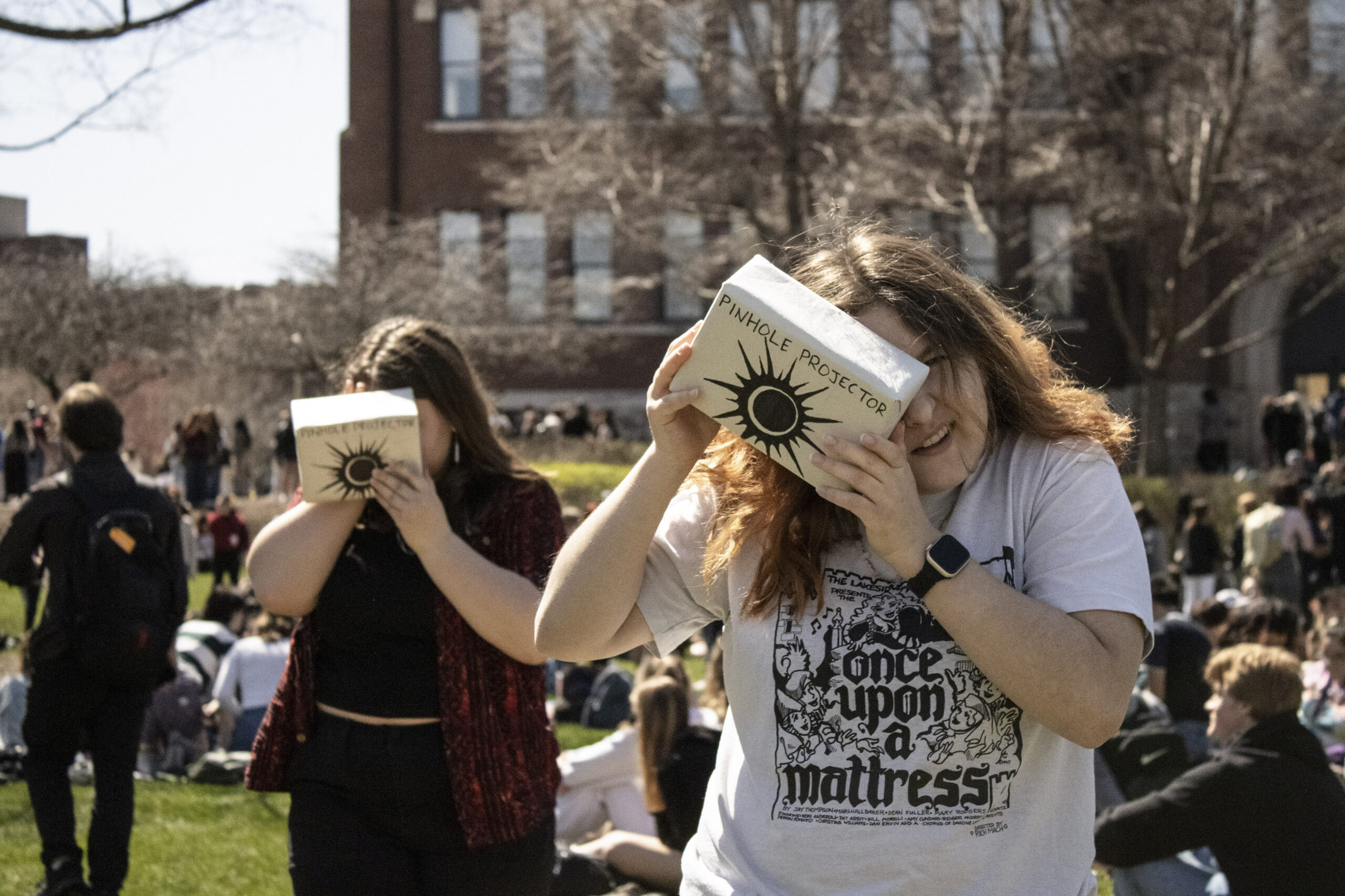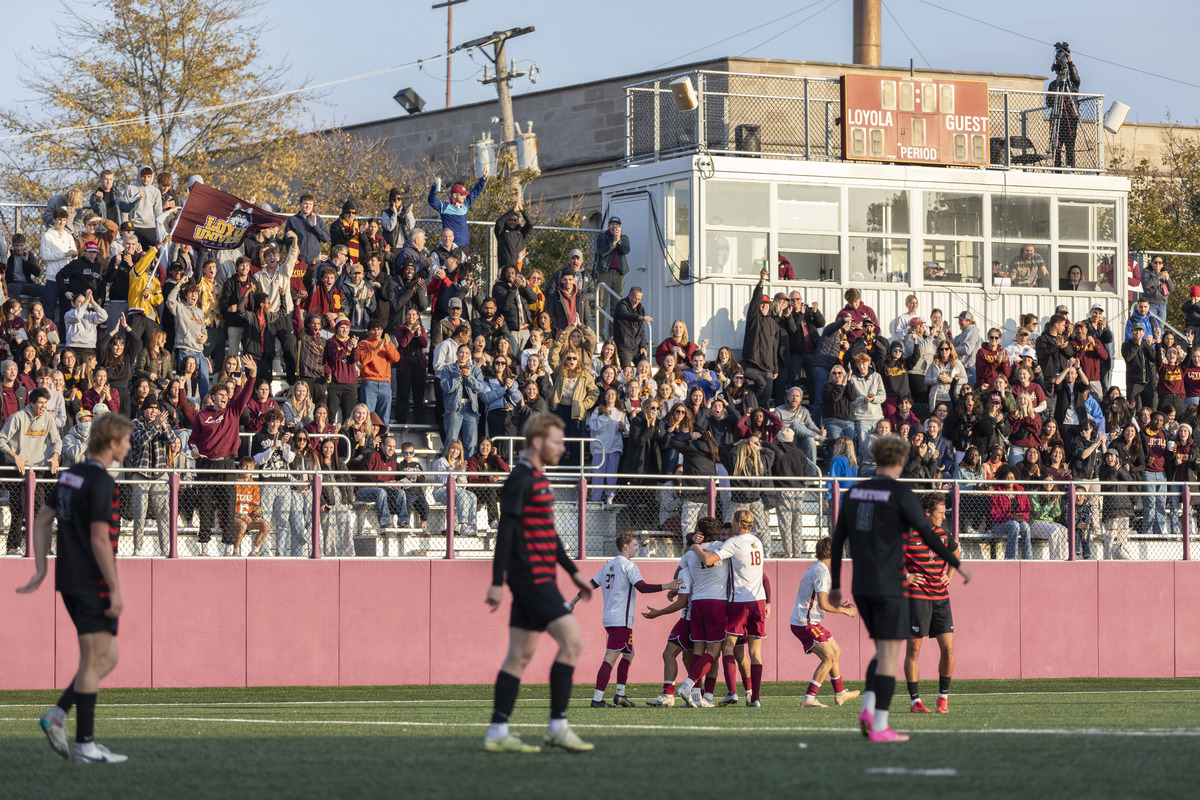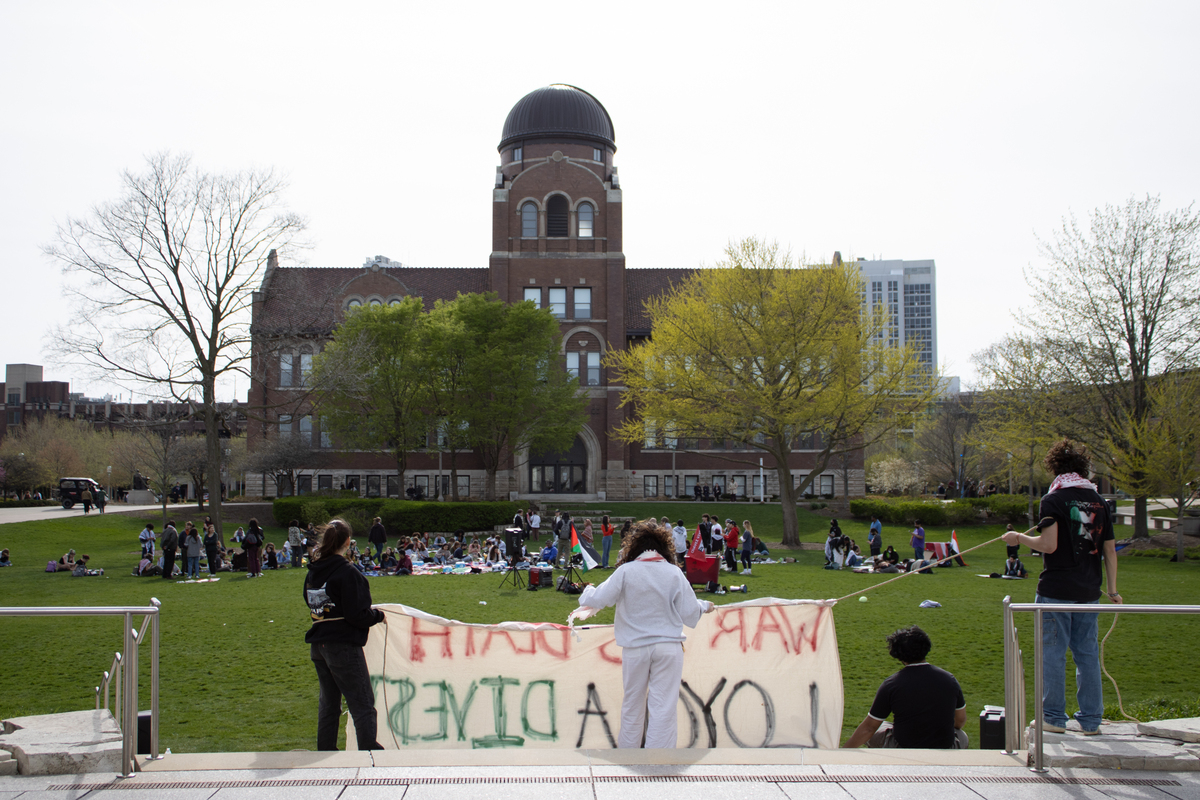The Supreme Court ruled against colleges and universities using “race-conscious admissions policies” June 29, outlawing affirmative action in American higher education. Chief Justice John Roberts wrote in the decision the admission process is often based on grades, letters of recommendation and extracurriculars but shouldn’t be dependent on race. The decision closes October lawsuits against both …
Supreme Court Rules Against Affirmative Action, President Reed Responds

The Supreme Court ruled against colleges and universities using “race-conscious admissions policies” June 29, outlawing affirmative action in American higher education.
Chief Justice John Roberts wrote in the decision the admission process is often based on grades, letters of recommendation and extracurriculars but shouldn’t be dependent on race.
The decision closes October lawsuits against both Harvard College, decided 6-2, and the University of North Carolina, decided 6-3, for discriminating against Asian American applicants, according to the Associated Press.
“Many universities have for too long wrongly concluded that the touchstone of an individual’s identity is not challenges bested, skills built, or lessons learned, but the color of their skin,” Roberts wrote. “This Nation’s constitutional history does not tolerate that choice.”
In an email to the Loyola community, President Mark C. Reed reiterated the “unwavering commitment” the university has to providing opportunities for “students from all backgrounds” after the ruling.
“A student community with a diversity of experiences and perspectives fosters and enables a more dynamic, enriched living and learning environment for all Loyola students,” Reed wrote.
He went on to cite the university’s mission statement which states Loyola is “a diverse community seeking God in all things and working to expand knowledge in the service of humanity through learning, justice and faith.”
In 2022-23, the university had a 79.1% admittance rate, according to the Office of Institutional Effectiveness. Loyola’s website says approximately 45% of the incoming first-year class are students of color.
Featured image by Austin Hojdar / The Phoenix










